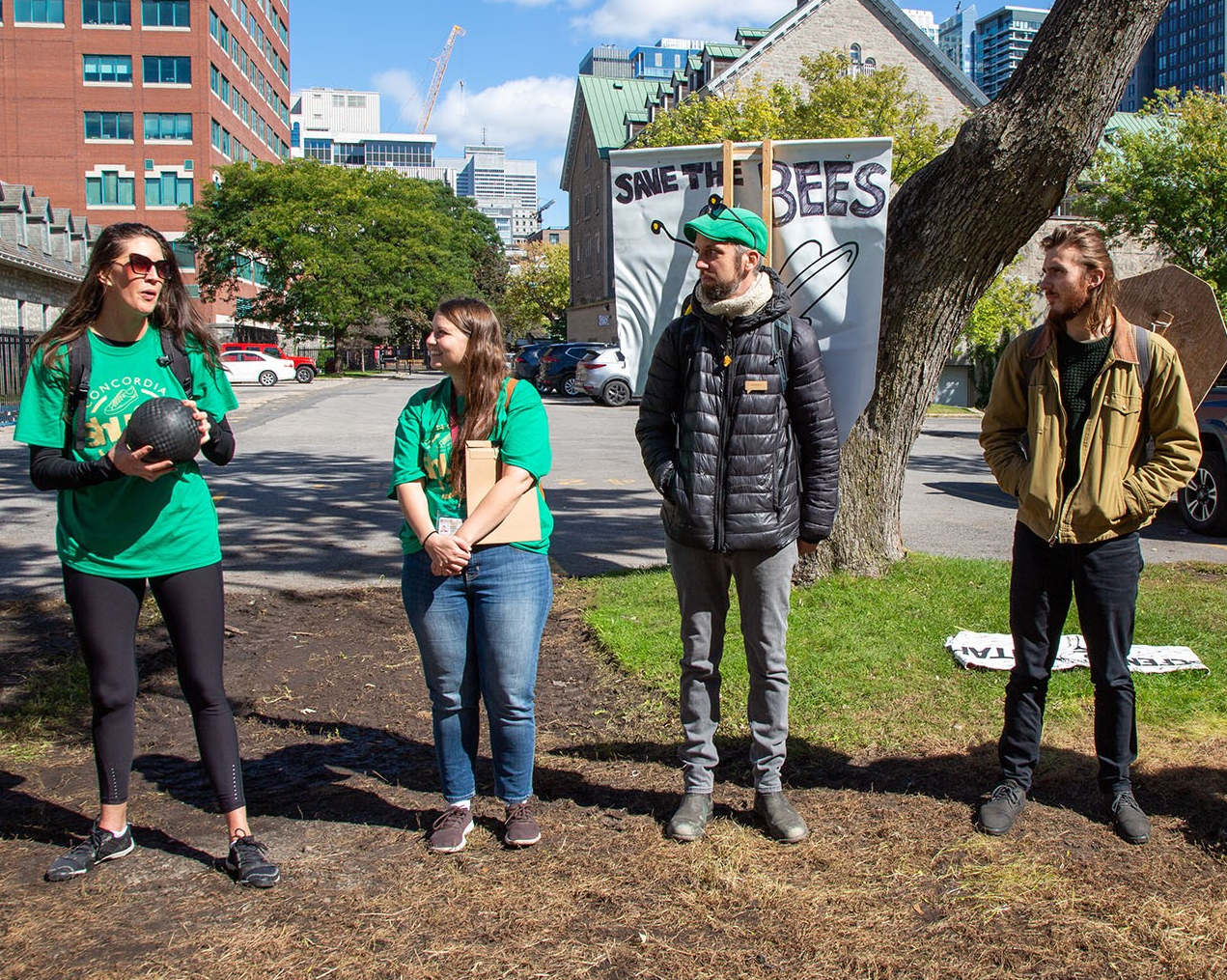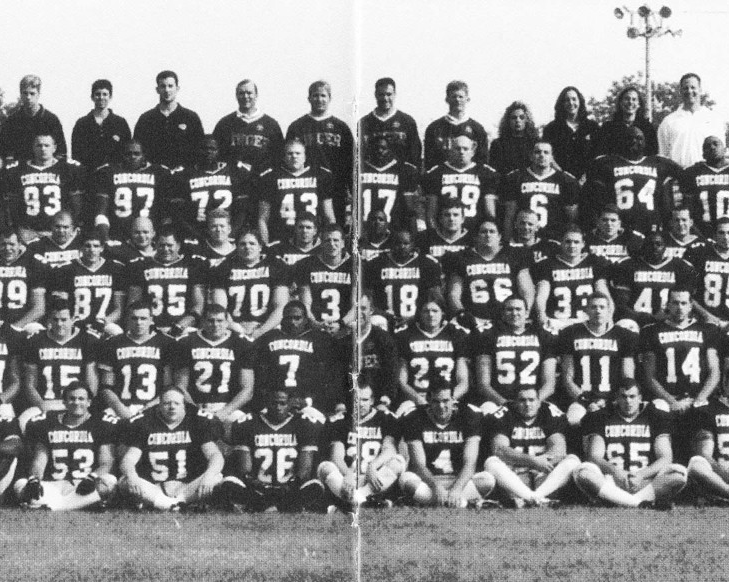Caron’s passion for art and design dates to her Concordia days in the Faculty of Fine Arts, she says. “Aside from graphic design, we learned painting, drawing, art history, photography and were exposed to a lot of art insights and techniques.” She adds that back when she was a francophone student with a background in classical studies and health and social science, Concordia gave her a “real opportunity” to enter the field.
As an international university lecturer, her favourite subject is identity and packaging. Her many awards and honours include the Grands Prix du Design, 2018; being named an honorary ambassador of the 150th anniversary of Canada’s Confederation for 2017; and election to membership in the Royal Canadian Academy of Arts, 2011.
“Most young students relate to cognition mainly through the internet; they hardly know how to make a 3-D object out of a piece of paper. I try to make them aware that inspiration is not only on the web – real things do exist and create experiences.”
Caron is particularly proud of her work alongside architects AAAA Quattroassociati and graphic designer Masami Moriyama as part of the team behind the award-winning Holy See pavilion at Expo Milano 2015. This earned her the Bureau International des Expositions prize and AWDA/AIAP Women in Design prize, among others.
“The themes of the pavilion were, ‘not by bread alone,’ and, ‘give us today our daily bread.’ Those two sentences, chosen by the Vatican, were translated into 13 languages and mounted as white metallic letters on the white pavilion (“like manna falling from the sky”), to be read through their shadows.”
When the exhibition ended and the pavilion had to be demolished, she says: “I wanted to keep the holy words and spread their message all over the world.” With the Vatican’s support and the help of sponsors and two co-curators, this project, The Journey of the Word, has, till now, mounted 18 of these 25 metallic messages to locations across the planet.
Caron is in talks to include locations in Quebec, having established others in Italy, Macau, Germany, Guinea-Bissau and soon in the Vatican museums.
“People get very emotional when they are chosen to receive one of these sentences, because besides being a gift from the Vatican, the message is ecumenical, universal and embraces all religions,” she says.
 Expo Milano 2015 – Holy See Pavilion | Photo from ginettecaron.it
Expo Milano 2015 – Holy See Pavilion | Photo from ginettecaron.it
 Ginette Caron traces her passion for art back to her Concordia education in the Faculty of Fine Arts.
Ginette Caron traces her passion for art back to her Concordia education in the Faculty of Fine Arts.


